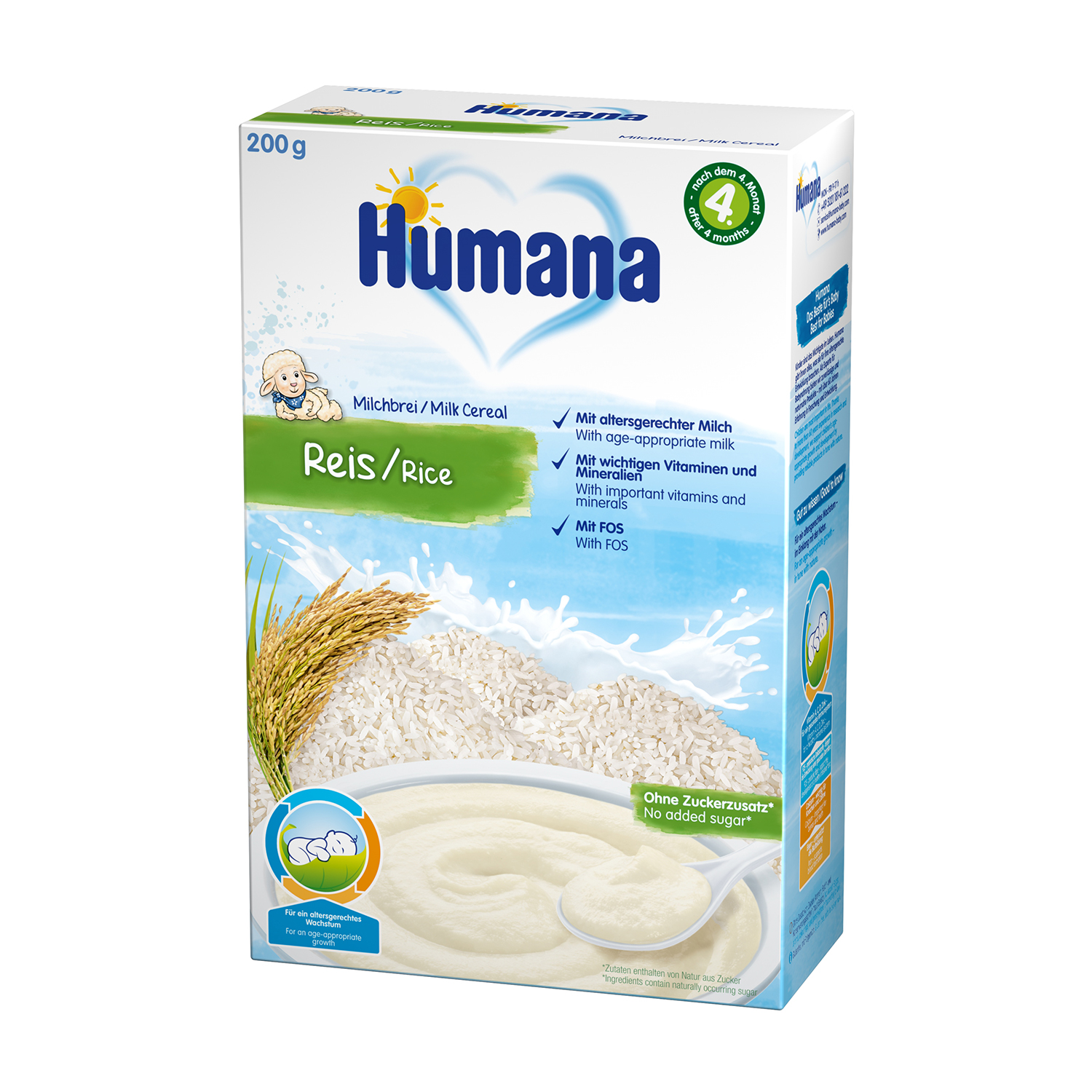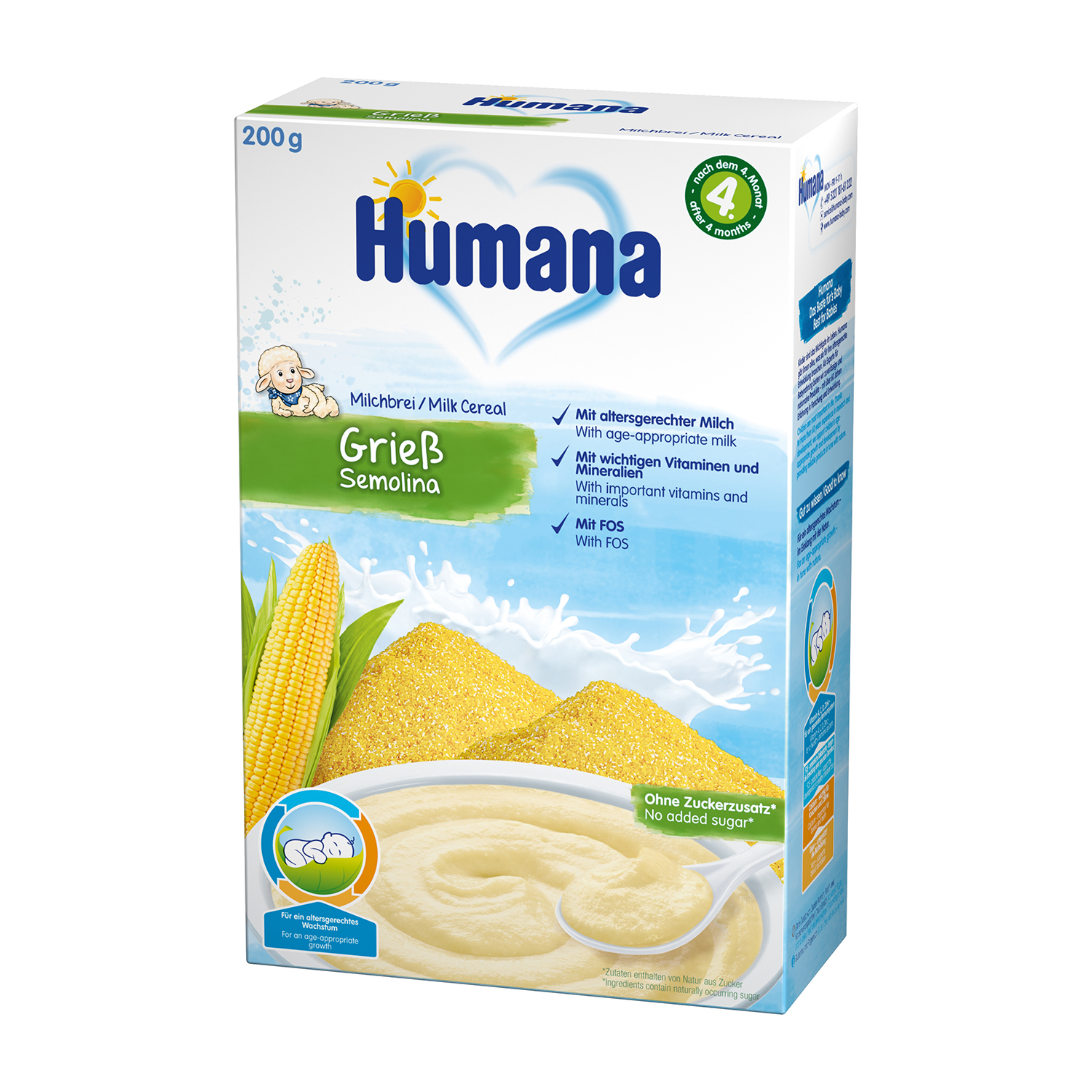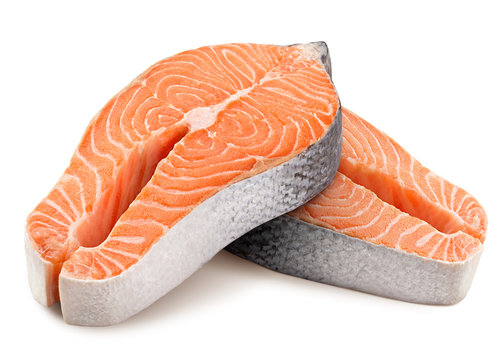How to start complementary feeding?

From the beginning of the 6th month, the baby needs to get used to thicker food.
How to start complementary feeding?
Important:
Breast milk after 6 months does not provide babies with nutrients, primarily iron and zinc, which are necessary for their normal growth and development.
• Formulas for artificial and mixed feeding must meet the needs of healthy babies and have mandatory information about age appropriateness, method of preparation, etc.
• It is strictly not recommended to introduce new foods (complementary foods) until the child is 4 months old.
Important:
Early introduction of complementary foods (before 4 months) can lead to the future development of allergies, obesity and other diseases in adulthood.
• Breastfed babies, especially those born in autumn and winter, require additional vitamin D to prevent rickets (partially synthesized in the skin under the influence of sunlight).
• Breastfeeding mothers who are on a strict vegetarian diet should take dietary supplements with vitamin B 12, which is found exclusively in animal products (meat, fish, eggs, milk). Vitamin B 12 deficiency leads to the development of anemia.
• Manufacturers of complementary feeding products must indicate the lowest possible, and not mandatory, age of the child for the introduction of this product. The child's age cannot be less than 4 months.
The expansion of a child’s diet is due to the following factors:
• Breast milk/formula does not provide energy and nutrients to growing babies after 6 months of life.
• The need to expand the diet with vegetable proteins, carbohydrates, fatty acids, microelements through complementary feeding.
• The need to train the digestive system, stimulate intestinal motility and the child’s chewing apparatus.

Important:
It should be noted that early introduction of complementary foods can reduce the amount of breast milk produced, while late introduction of complementary foods (after 7 months of life) can lead to problems with babies adapting to eating foods with a firmer consistency than milk.
Signs that a child is ready to introduce complementary foods:
• holds his head;
• sits with virtually no support;
• opens his mouth when a spoon with food is brought to him;
• closes mouth with spoon in mouth and then swallows rather than pushing or spitting out food.
Rules for introducing complementary foods:
Over time, the little sun needs to be given food of a thicker consistency. Starting from 9 months, food should contain small pieces, and after a year the baby can be offered something harder (steamed cutlets, a piece of apple, etc.).
• Complementary foods should be industrially produced or freshly prepared, have a lower homogeneous consistency, from creamy to sour cream-like (according to age) and a temperature of 36-37°C (body temperature).
• It is necessary to introduce complementary foods carefully with a gradual replacement of the consistency, taste and smell of food.
Important:
At the same time, it is imperative to continue feeding your little sun with breast milk/formula.
• Complementary feeding should be given when the child is hungry and active, preferably during breakfast or lunch (it is very good if the child eats with other family members).
• During feeding, the child should be in an upright position in the arms of an adult or in a special highchair.
• Complementary feeding is given after a small amount of breastfeeding/formula feeding, always from a spoon.
• You should start giving complementary foods to your baby by placing a small amount of food on the tip of a teaspoon. Hold the spoon so that the child can see it; then touch the child’s lips with a spoon so that part of the product remains on his lips, and only when the child opens his mouth, put the spoon with food in the middle of the tongue, then the baby will easily swallow it.
• Each complementary feeding product is introduced gradually, starting with 1 teaspoon and increasing over 5-7 days to a full portion. The child himself will show that he is full by turning his head or without opening his mouth.
• In order for the little sun to enjoy after complementary feeding, it is advisable to put him to the breast every time after eating or give him the formula to which he is accustomed.
• There is no need to force-feed the baby.

Important:
Some babies are very picky eaters, so if your baby refuses solids, offer him another food.
• Each new complementary feeding product should consist of only one component and be given for at least 5 days.
• Only after you see that the baby has tolerated the introduction of a new product well, you can try giving complementary foods, which consist of several components familiar to the child.
• This will make it possible to determine whether the child accepts the product well.
Important:
If you notice that after introducing a new complementary food product, your baby has the following signs: loose stools, constipation, allergies, then you urgently need to stop giving this product to your child! After some time, after the stool is completely normalized and the skin is cleansed, you can continue to introduce new complementary foods. Over time, you can again try to offer your little sun the product to which there was a reaction, but watch carefully.
Porridge
Milk porridge is the most suitable in taste and consistency for the transition from milk to other products, but before introducing complementary foods, it is necessary to monitor the child’s stool and how the baby is gaining weight. Only after this can you determine which product to start complementary feeding with:
- with unstable weight gain and a tendency to looser stools, porridge will be the ideal first complementary food;
- if you are prone to excessive body weight and constipation, use vegetable puree.
Rice is especially rich in carbohydrates (mainly starch), does not contain fiber, is easily digestible and differs from other cereals in the enveloping properties of mucus on the intestinal mucosa. The anti-inflammatory properties of rice allow it to be widely used in the treatment of gastrointestinal dysfunctions.
Corn grits are also considered dietary products. This cereal is rich in starch and antioxidants (tocopherols), it performs a detoxifying function in the body.
But buckwheat and oatmeal have the greatest nutritional value with the highest content of proteins, fats, B vitamins (B 1, B 2, B 3), folic acid, magnesium, iron, etc. Cereals also contain important lipotropic substances (choline, lecithin , phospholipids), which protect the liver and are necessary for the normal functioning of the endocrine, nervous and muscular systems. Buckwheat and oatmeal contain the largest amount of plant fibers, which stimulate intestinal motility and perform a detoxification function (remove harmful substances from the body).
Vegetables and fruits

Fruit and vegetable purees and juices are a source of carbohydrates, iron, vitamins C, A, folic acid, and organic acids. In addition, fruit and vegetable purees contain important dietary fiber, which improves intestinal motor activity and performs a detoxification function (binds and removes harmful substances from the body).
Meat
Meat is a staple food with a high content of complete proteins, mineral salts: iron, phosphorus, potassium, magnesium, zinc, B vitamins (B1, B2, B3, B6, B12). The absorption of iron from meat is 3 times higher than from fruits and vegetables.
Introduction of complementary meat
From 6 months of the baby’s life, it is necessary to begin the gradual introduction of meat complementary foods according to the following scheme: with 1/4 teaspoon of homogeneous puree, mixing it with vegetables and increasing its amount over 7-10 days to 30 g per day.
At 9 months of age, the meat may contain small pieces.
A child aged 6-9 months is recommended to eat the following meat: veal, turkey, chicken, rabbit, lean pork. Meat with offal inclusions is allowed from 8 months.
Eggs
Egg yolk contains valuable proteins and fats (30%), including essential fatty acids. It is rich in lititin (improves the absorption of fats), vitamins (A, D, E, B 1, B 2, B 6, B 12), minerals (phosphorus, calcium, iron).
Introducing eggs into your baby's diet
Egg yolk should be introduced into a child’s diet from 7 months, given his rather high allergic characteristics.
Start the introduction with 1/8 of the yolk, grinding it well, and add it to vegetable purees or dilute with breast milk/formula.
Up to 1 year of age, egg whites should not be introduced (high risk of allergies).
Fish

Fish, like meat, is the main supplier of high-quality proteins, but has a delicate structure and is easily absorbed by the child’s body. Fish is a source of complete polyunsaturated fatty acids (omega 3), minerals (potassium, phosphorus, iron, magnesium, zinc), B vitamins (B 2, B 6, B 12).
Important:
Sea fish is richer in microelements.
Introducing fish into your baby's diet
• Fish complementary foods can be introduced starting at 8 months. It is necessary to start this type of complementary feeding with 1/2 teaspoon; this amount of fish (without increasing the amount) must be given over 4-5 feedings for 2-3 weeks in a row. In the future, you can gradually increase the amount of fish in your baby’s diet. The approximate amount of fish that a baby who is already 12 months old can eat is 50-60 g.
Important:
Remember that fish is a highly allergenic product. Watch how your baby perceives this product.
• Children aged 8-12 months are recommended to eat low-fat fish (hake, cod, pollock, etc.).
• Children who are already 12 months old can be introduced to the diet with fattier varieties of fish (salmon, trout, etc.).
Fats
Butter is easily digestible and contains vitamins A, D2, carotene, tocopherol, phosphatides, choline, and cholesterol in a balanced ratio, which are important for babies.
Important:
Vegetable fats are the main source of fatty acids (omega 3, omega 6), necessary for the development of the brain and retina, as well as vitamin E and phosphatides.
• Butter and vegetable fats are introduced into the child’s diet from 6-7 months, starting with 1/2 teaspoon. From 8 months to 1 year, a child should consume 1 teaspoon of butter.
Dairy products
Fermented soft cheese and other fermented milk products (yogurt, kefir) play an important role in the nutrition of babies and are the main source of calcium, phosphorus and vitamin D.
Fermented milk products contain valuable, easily digestible proteins, fats and carbohydrates, as well as B vitamins (B 2, B 12). Fermented milk products improve digestion and absorption of calcium, phosphorus and iron. Thanks to a gradual increase in the acidity of the intestinal composition, they normalize the intestinal microflora and gently loosen the stool.
• It is recommended to add soft cheese to the diet from 6 months, yogurt – from 7-8 months of a child’s life.
Important:
You should not give your babies fermented milk products intended for adults.
Frequency of introduction of complementary foods
Babies under the age of 8 months should receive complementary foods 3 times a day, at the age of 9-11 months - 4 times a day. At the age of 1 year, a child should receive a variety of complementary foods from each food group and be able to drink from a cup.
Features of feeding a child aged 9-12 months:
• You can feed your baby with breast milk/formula if desired, 400-500 ml daily.
• The child should be fed at the table with other family members.
• From about 9 months, your baby can be offered small pieces of vegetables or fruits so that he gradually learns to chew food.
• The baby should be encouraged to eat on his own with a spoon and drink from a cup.
• Starting from 9 months, it is necessary to introduce cereal products (crackers, bread, cookies) into the sun’s diet.




